These small burrowing mammals are infrequently seen, mainly because they live underground. Moles are small animals that spend their lives digging beneath the surface of the soil. They have a number of characteristics that aid in their unique subterranean lifestyle. Read on to learn about the mole.
Description of the Mole
Moles are small brown mammals with short, soft fur. Because they are of little use while underground, moles have quite small eyes and ears. The front paws are large and specialized for digging, and the rear paws are very small.
Interesting Facts About the Mole
Moles, while generally viewed as pests, are actually quite interesting animals. Their unique lifestyle affords abnormal adaptations and physiology.
- Polydactyl Paws – Moles have an extra thumb on their paws to assist in digging, this is called “polydactyl.” This second thumb is a single bone, and increases the surface area of the paw. Wider paws allow moles to move more dirt while digging.
- Belowground Living – Living in tunnels beneath the soil has its downfalls. In such confined spaces, the amount of oxygen available is quite low. To compensate for lack of oxygen, moles have a higher toleration for CO2 than other mammals. This allows moles to reuse the air they exhale, conserving oxygen.
- The Nose Knows! – Moles are virtually blind. They use their incredible sense of smell to assist in hunting prey. They also use their whiskers to feel the vibrations of prey movement.
- Stunning Predators – Some species, such as the European mole, inject venom into prey. The venom paralyzes the prey, and it is stored in a special tunnel to survive the winter.
Habitat of the Mole
Moles live in tunnels underground. They prefer moist soil that isn’t too firmly packed. For this reason, they are frequently found in meadows, forests, fields, orchards, and the family garden!
Distribution of the Mole
Moles inhabit North America, Asia, and Europe. They can be found across most of the entirety of these countries. There are seven species of moles in North America.
Diet of the Mole
Moles hunt for underground invertebrates. They mainly prey on earthworms, slugs, grubs, and other insects. Moles have entire tunnel systems for the purpose of hunting. They patrol these tunnels, waiting for worms to fall into them. They can actually move quite quickly to kill their prey.
Mole and Human Interaction
Moles are commonly seen as pests, because their tunnels destroy lawns. The tunnels kill the lawn above them, and can kill plants and shrubs due to root destruction as well. People frequently kill these pests in response to lawn destruction.
Domestication
Moles, seen as pests, have not been domesticated in any way.
Does the Mole Make a Good Pet
Moles make poor pets because they are difficult to maintain in human care. They must always be kept underground, and the stress of being captured can kill them.
Mole Care
Moles require underground tunnels to survive. These tunnels can be soil, or they can be pre-constructed for the mole. They must eat 70-100% of their body weight each day. They should be kept at a consistent temperature, as drastic changes can quickly kill them.
Behavior of the Mole
Moles spend the vast majority of their time hunting. They must eat the equivalent of 70 to 100 percent of their body weight daily, and this requires an immense amount of digging. Digging burns energy, which means moles must feed almost constantly.
Reproduction of the Mole
Moles are solitary creatures, and only socialize while mating. The female gives birth to between three and five offspring, and keeps them in a nest tunnel. The babies leave the nest after approximately one month.


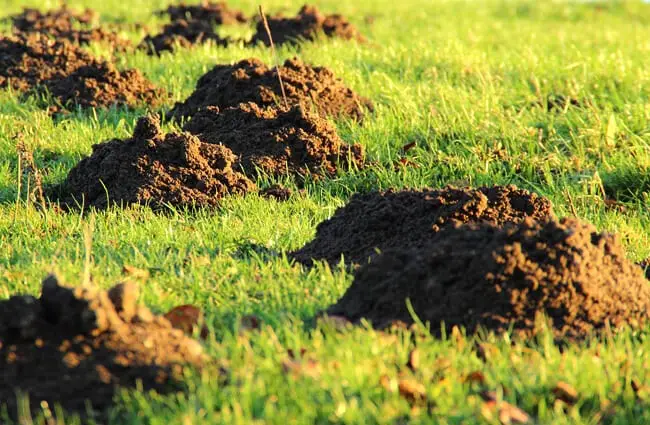
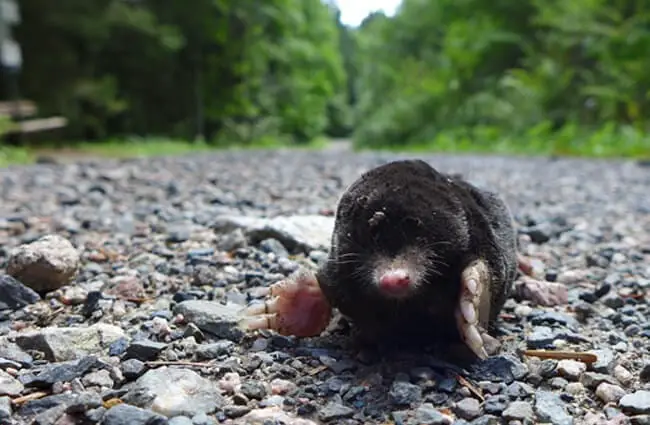
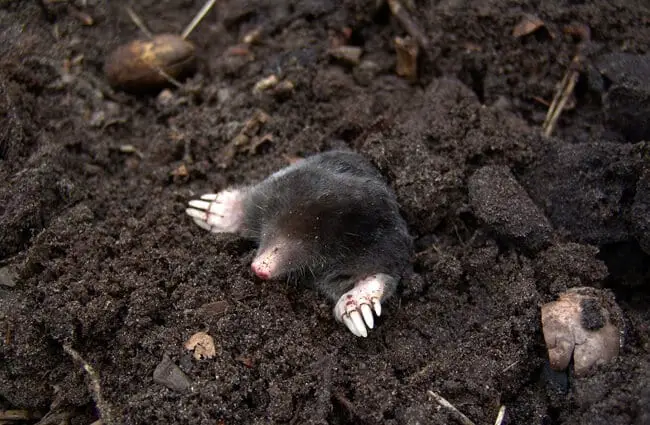

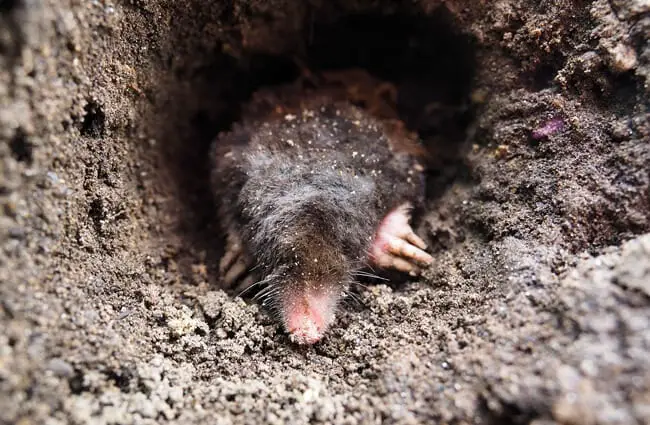


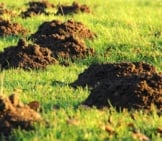

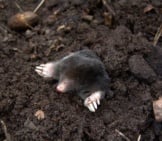

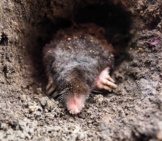
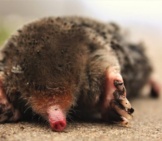
![Red Angus Closeup of a beautiful Red Angus cowPhoto by: U.S. Department of Agriculture [pubic domain]https://creativecommons.org/licenses/by/2.0/](https://animals.net/wp-content/uploads/2020/03/Red-Angus-4-238x178.jpg)












![Red Angus Closeup of a beautiful Red Angus cowPhoto by: U.S. Department of Agriculture [pubic domain]https://creativecommons.org/licenses/by/2.0/](https://animals.net/wp-content/uploads/2020/03/Red-Angus-4-100x75.jpg)

